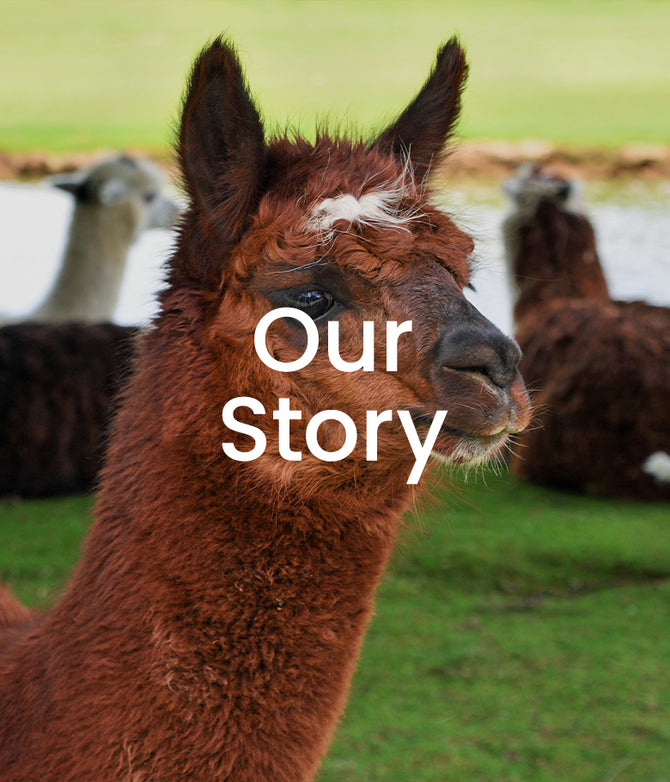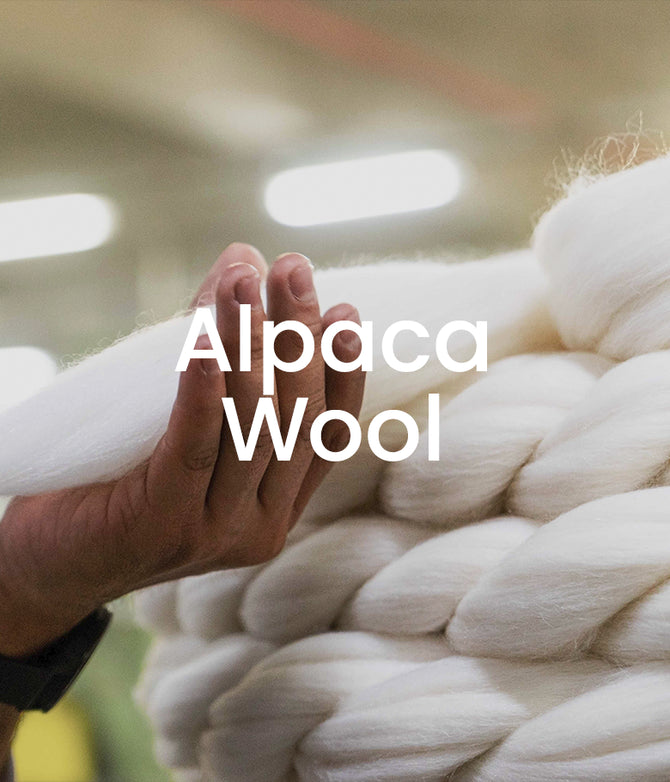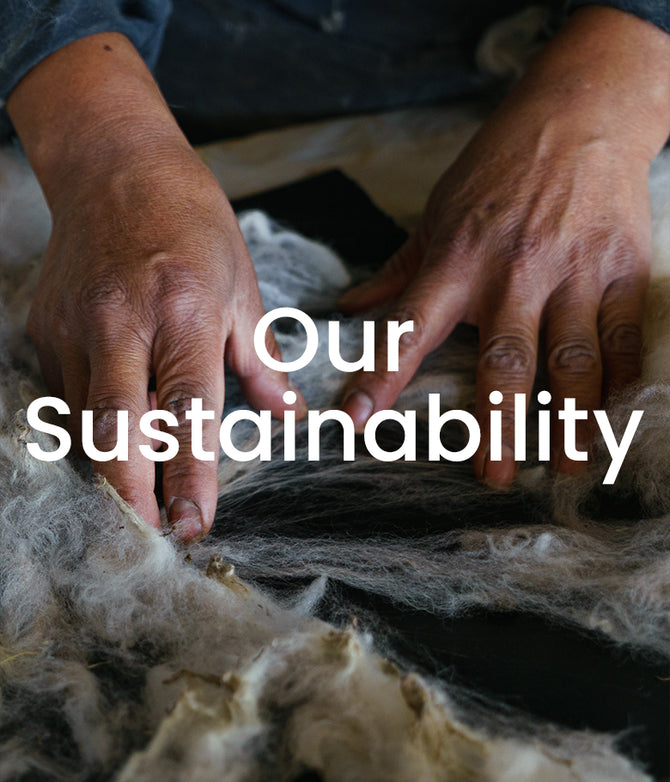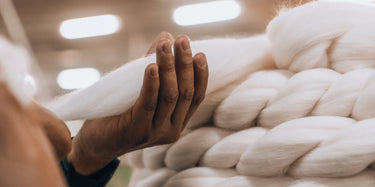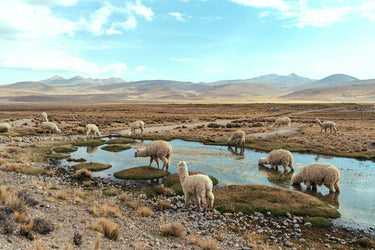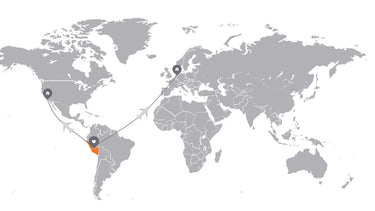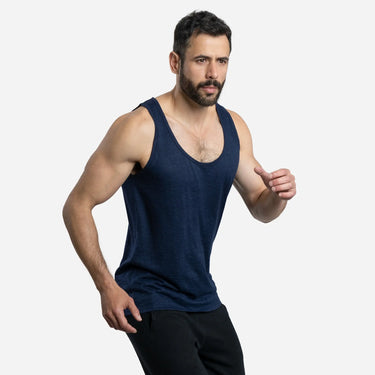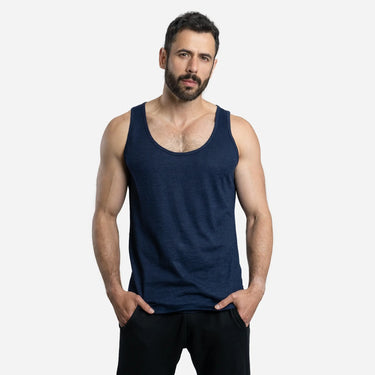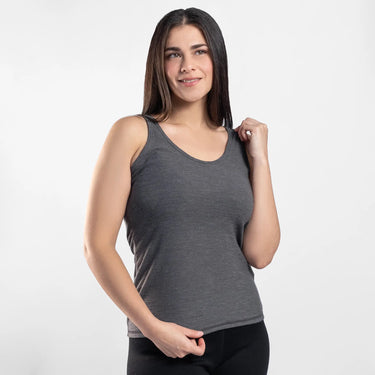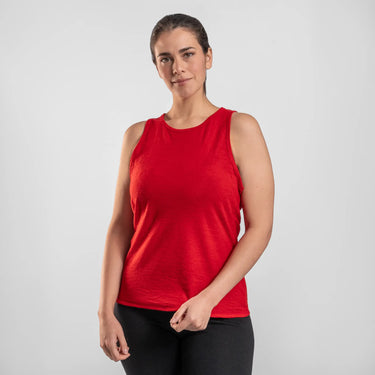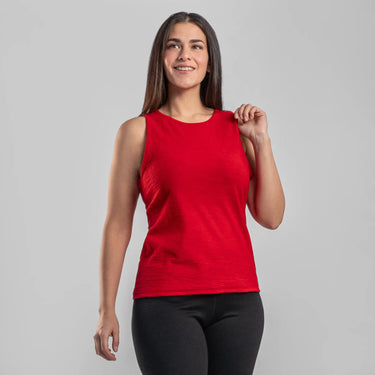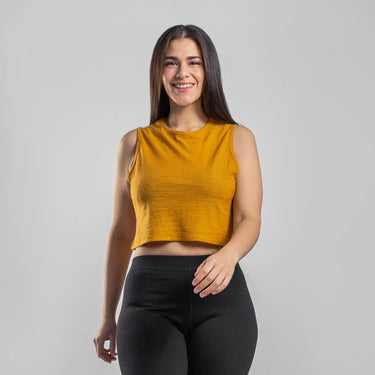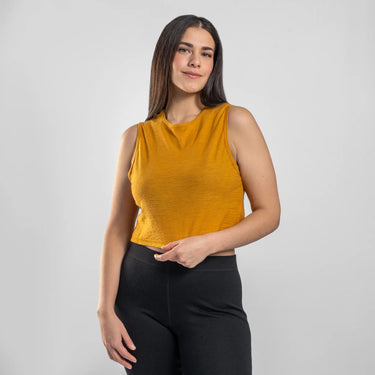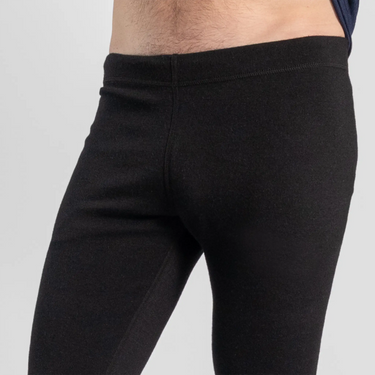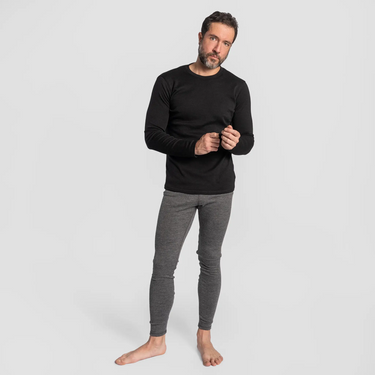We are a single origin brand.
We carry out every production stage - from sourcing our fleece and yarn to manufacturing the fabric and the garments - in one single country: PERU.
We keep our supply chain as short as possible to ensure the traceability of our products and reduce our overall carbon footprint.
We are a manufacturing brand.
As a manufacturing brand, we know exactly where, how, and by whom our clothes are made. With 100% of our supply chain being based in one country, we can ensure that sustainable and ethical methods are being used in all stages of our production.

Biodegradable Fiber: Alpaca Wool
Alpaca wool is a natural fiber that undergoes minimal processing, without chemicals that can damage the environment, so it can be considered biodegradable.
The use of natural fibers, natural dyes, and other innovations, allows us to work towards making our products 100% biodegradable; so when you eventually need to retire your Arms of Andes clothing, you can do so knowing that it won’t cause any damage to the environment.
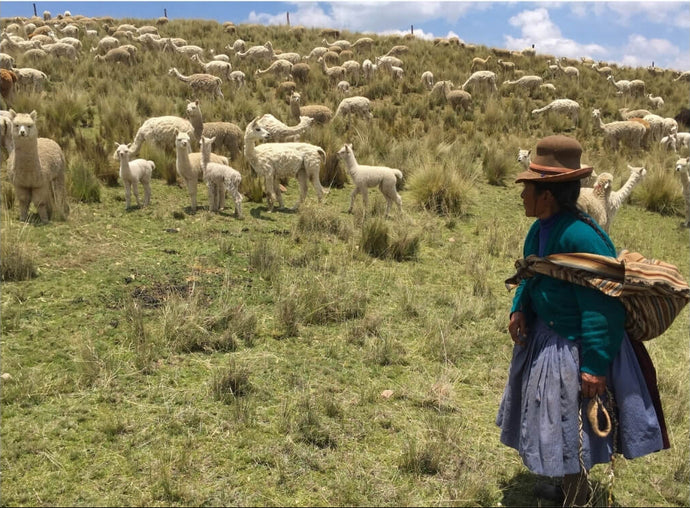
Family-Run Alpaca Farms
Our alpaca wool comes directly from alpaca herders in the Peruvian Andes, whose families have been employing traditional techniques to rear alpacas and harvest their fiber for generations. Family-run farms raise the alpacas in small herds, having close and constant contact with the animals. The farmers then form co-ops to sell the wool for the best price available to them.
Alpacas in the Peruvian Andes are not “farmed” in the modern sense: instead, the animals are free roaming, allowed to graze up to 4,800 meters during the day, before being herded back to shelter at night. While alpacas have a more natural lifestyle than most livestock, they are still looked after by the farmers and have access to regular veterinary care when needed.

Eco-Friendly Alpacas
We source our alpaca wool exclusively from highland areas of Peru where alpacas are adapted to live naturally. These natural adaptations - listed below - help to reduce the environmental impact of alpaca wool production, in comparison to some of the other technical fibers on the market.
Soft feet are gentle on the soil
Alpaca have padded feet, rather than hard hooves. This means they have a reduced hoof ground pressure (a measure of the pressure exerted on the ground by the animal's feet) than sheep and helps to prevent them from trampling plants and eroding fragile, mountainside soil.
Alpacas promote plant regrowth
Instead of pulling grass up at the roots when they eat, Alpaca teeth cut the grasses which actually promotes plant regrowth. They are also very selective eaters, leaving certain plants be and eating only what they need.
Alpacas graze over large areas
As a general rule, alpacas graze over large areas of land, rotating pastures, to prevent over-grazing. Alpacas are unable to thrive in small, overgrazed areas, leading to reduced fiber production. Since fiber production is the main reason that people herd alpacas, the alpacas' welfare is a high priority for the farmers.
Fertilizer and fuel as bioproducts
In order to avoid contaminating food and water sources, alpacas tend to defecate in communal dung piles, further reducing their impact on their local environment. An additional benefit to this practice is that it makes their droppings easy for the farmers to collect; this is important because highland families use alpaca droppings as a natural fertilizer as well as biomass fuel.

Single Sourcing = Low Carbon Footprint
Once the Alpaca fiber has been produced, it is processed into yarn, dyed, and woven into a specially designed fabric, which is then used to create our high-performance garments.
Rather than shipping the yarn or even fabric to the US, we decided to carry out the entire production process in Peru. We do this to ensure quality, reduce our overall carbon footprint, and ensure we are producing as sustainable and eco-friendly products as possible.
Everything is made in Peru
As well as the final products, our fabrics are made in Peruvian factories, close enough to the sources of the alpaca wool so that transport can be done overland. From the Peruvian factories, your garments are shipped to a regional distributor and then straight to you, reducing the number of flights involved in the production process and the overall carbon footprint from transport.

PFAS-free Clothing
We offer clothing that is free of perfluoroalkyl and polyfluoroalkyl substances (PFAS), often referred to as "forever chemicals."
These chemical compounds were introduced into the textile industry primarily in additives to make garments more stain-resistant and water-repellent, which is why they are mostly attributed to outdoor and sportswear. However, they are also found in reactive dyes that act as fixatives in the dyeing process on any type of fabric, whether synthetic or organic (wool and cotton).
PFAS have a unique chemical structure that makes them incredibly difficult to break down. They can persist in the environment for decades, even centuries, contaminating water sources, soil, and wildlife. These chemicals can then enter the food chain, eventually reaching us.
By ensuring our products are PFAS-free, we're not only prioritizing your well-being but also helping to reduce the environmental impact of these harmful substances. We believe that performance and sustainability should go hand in hand. You can be confident that you're not only embracing comfortable and innovative style but also making a responsible choice for both yourself and the environment.

Compostable Packaging
Sustainability and plastic packaging don't go together, which is why we found an alternative solution to plastic bags. Since 2021, we only use compostable bags to ship our products worldwide. We also the hangtags made with thick cardboard based on recycled paper.

We Are Part of "I'm Plastic Free"
We partnered up with I'm Plastic-Free to help people find new ways to reduce plastic use and microplastic pollution. While we're working towards a plastic-free future, please note that our zippers are currently the focus of our plastic reduction efforts. All other items in our catalog are proudly plastic-free.
"We dream of the day the ocean can say: I’m Plastic Free."
What is sustainability?
Sustainability and eco-friendly are concepts that get thrown around in every industry, possessing different values and meanings for each business entity. What "sustainable" and "eco-friendly" actually mean varies widely, especially in the world of fashion.








